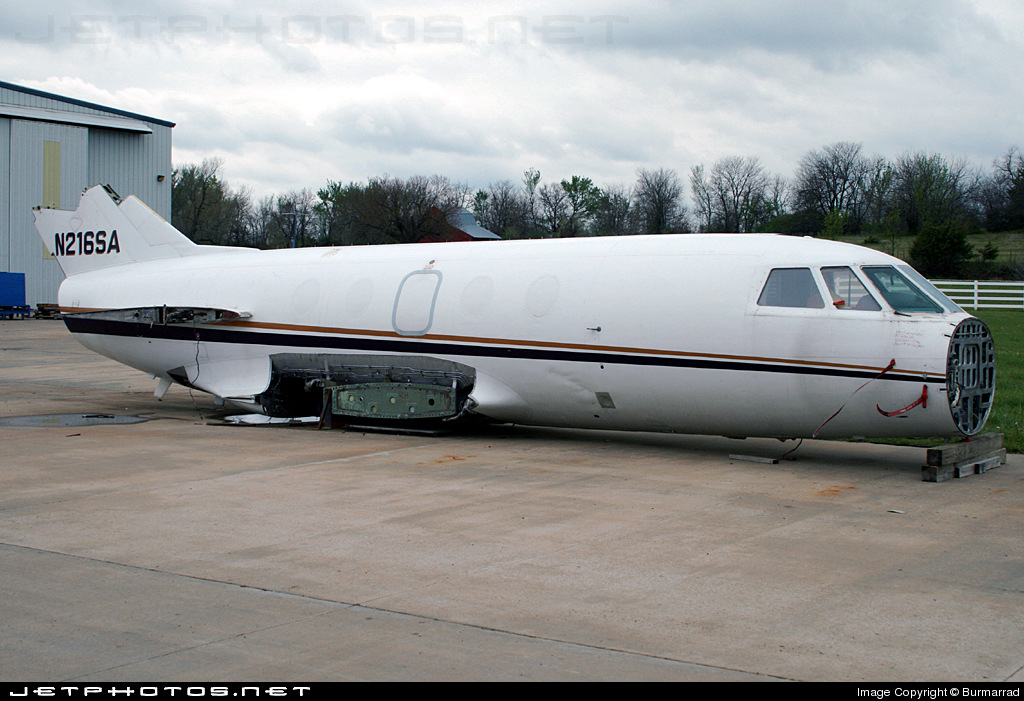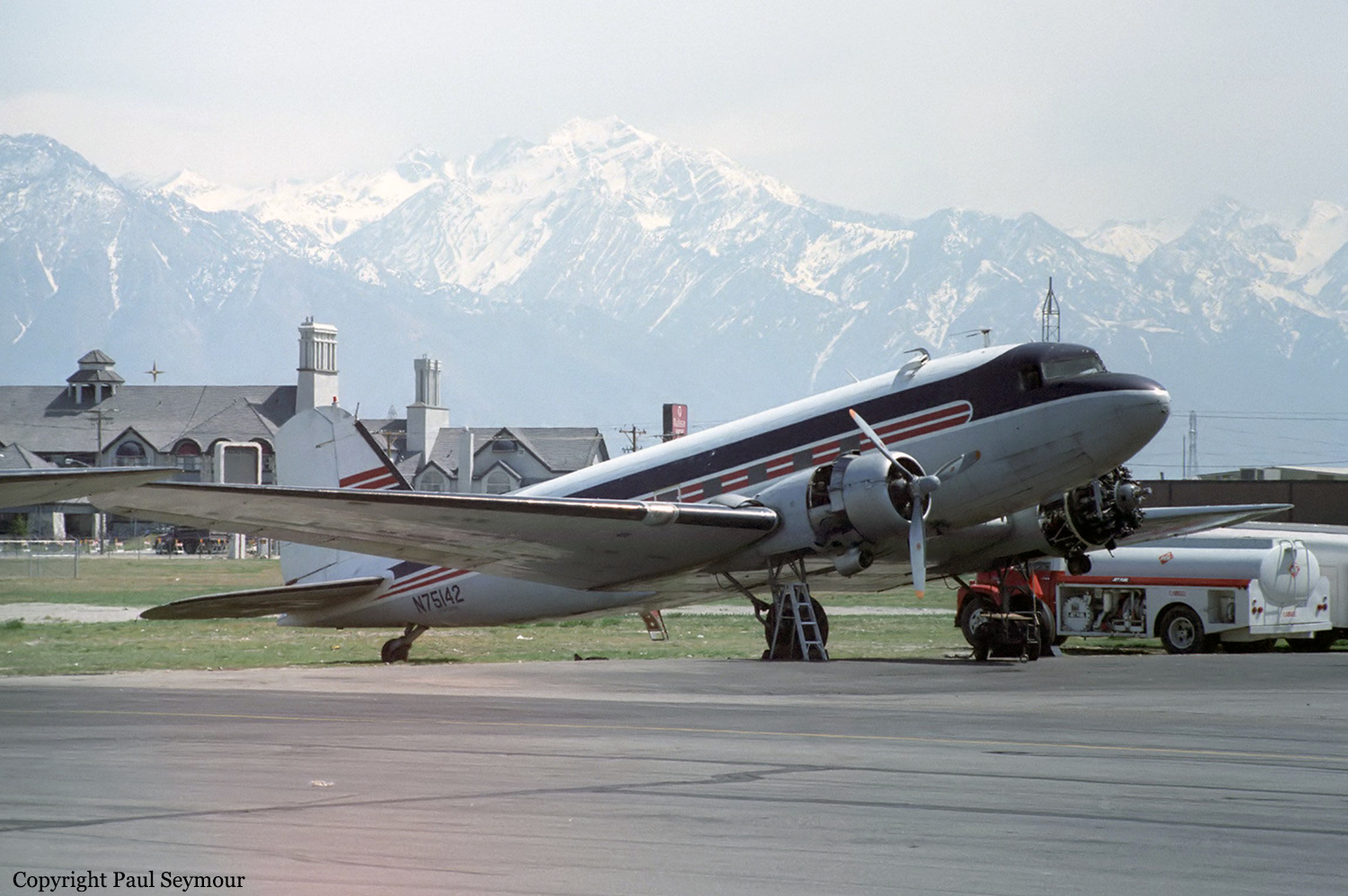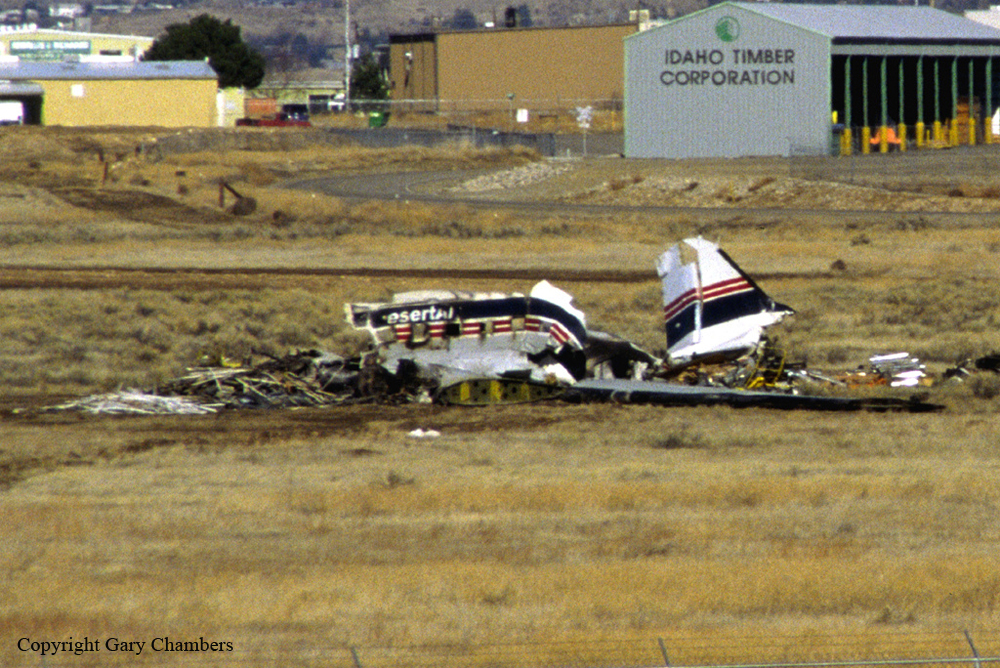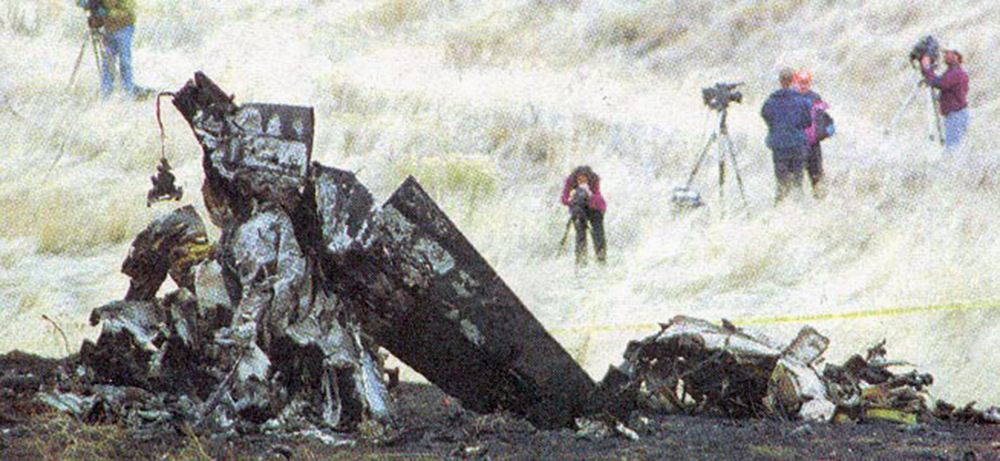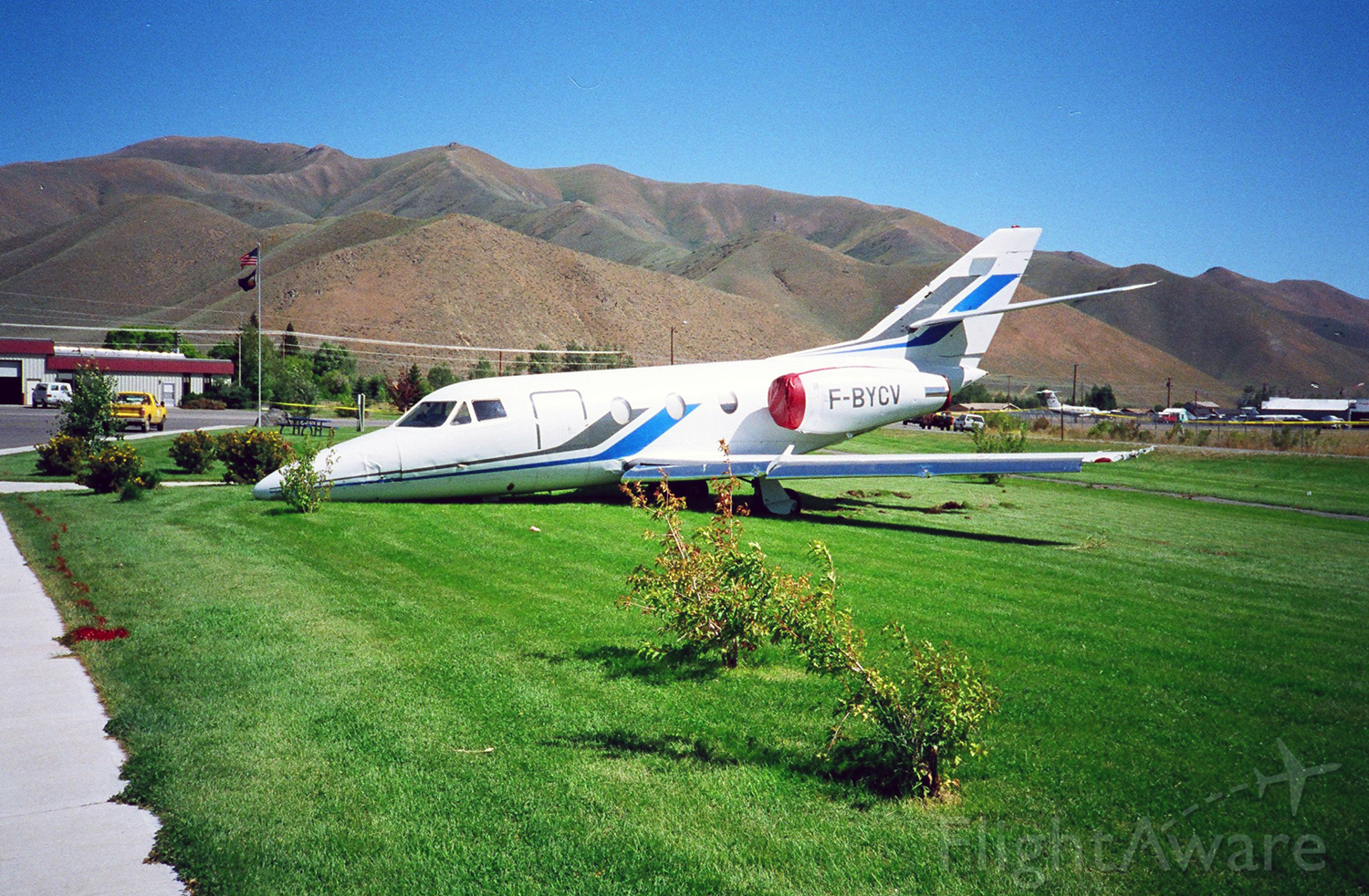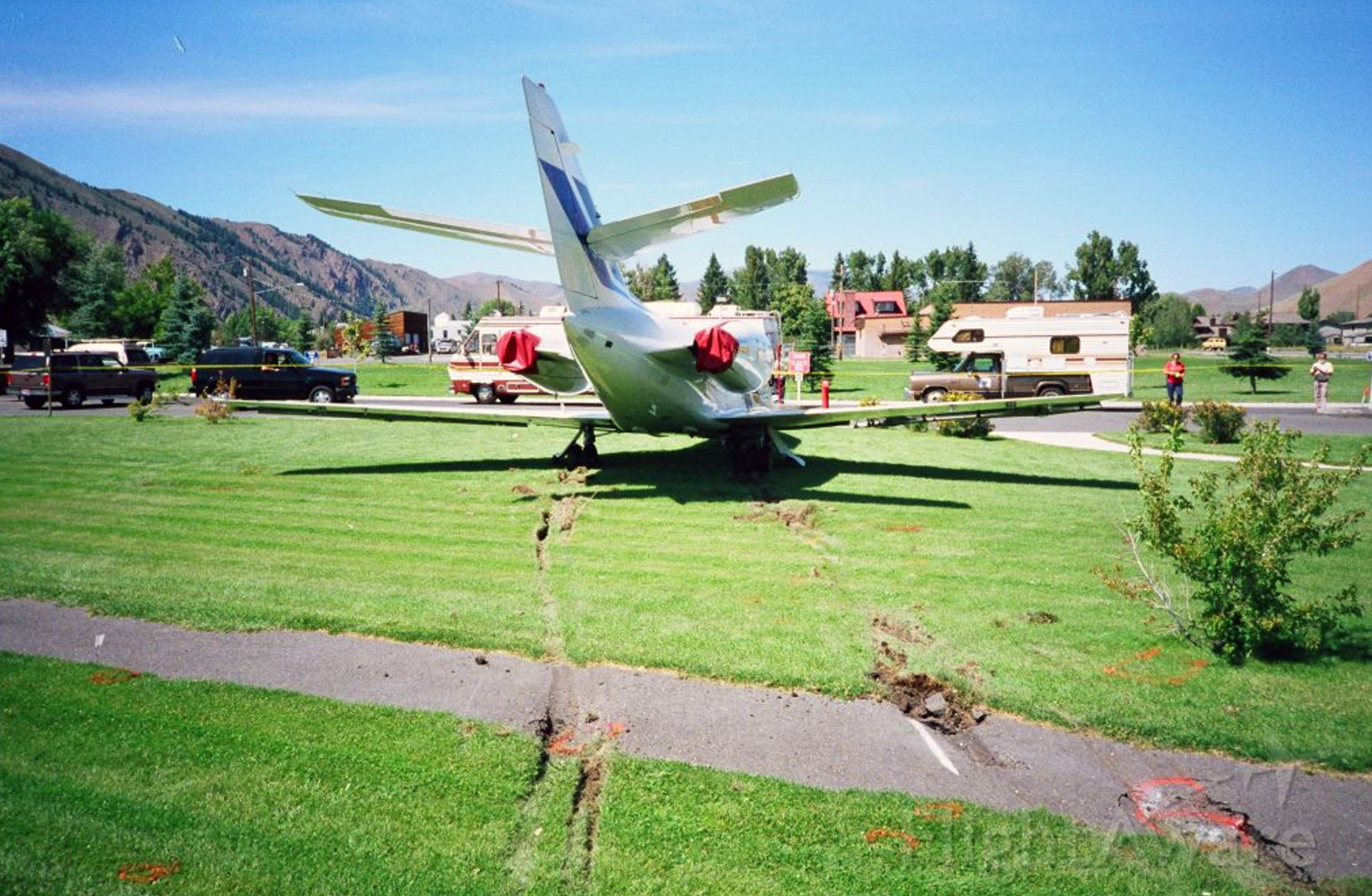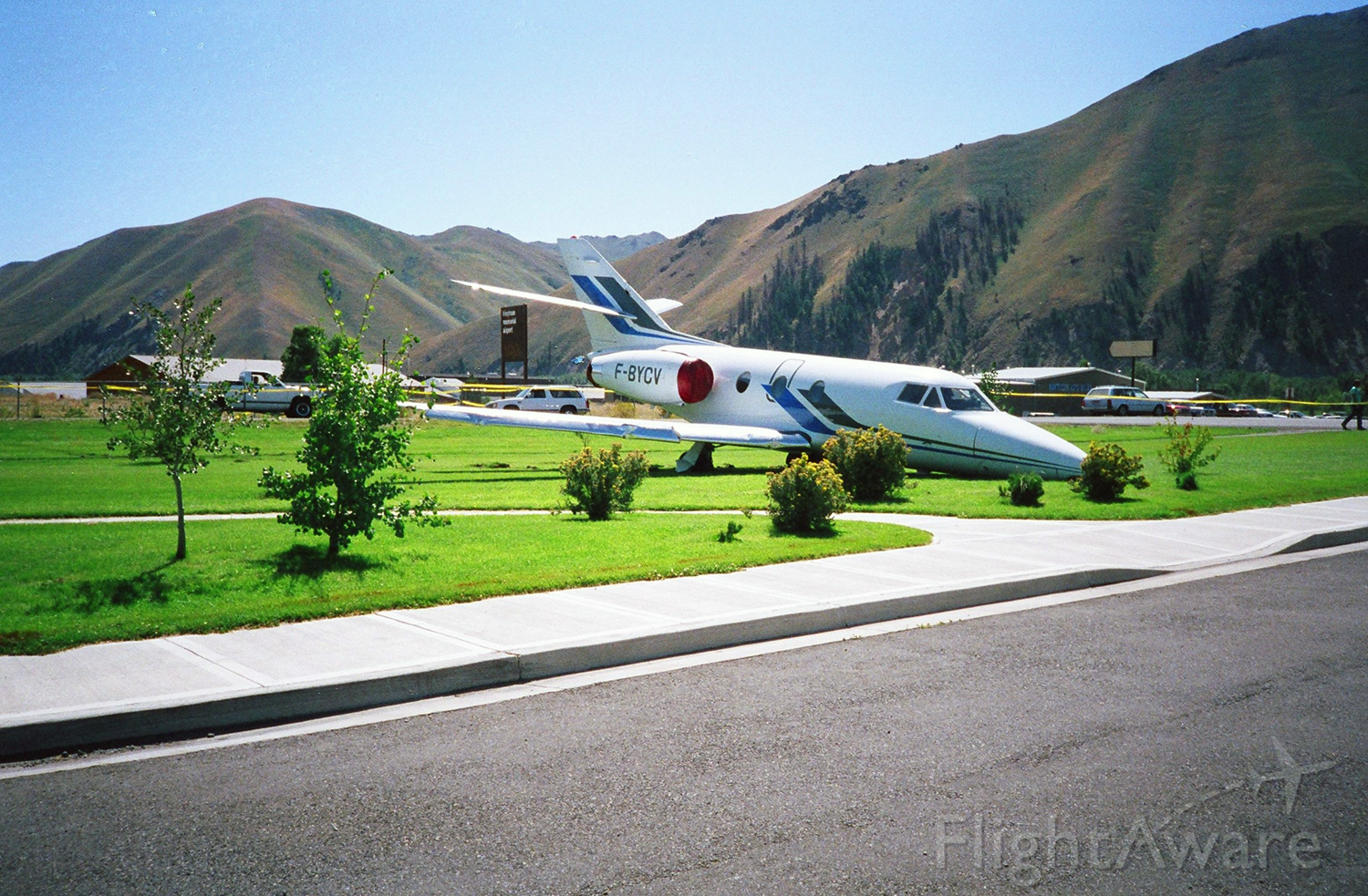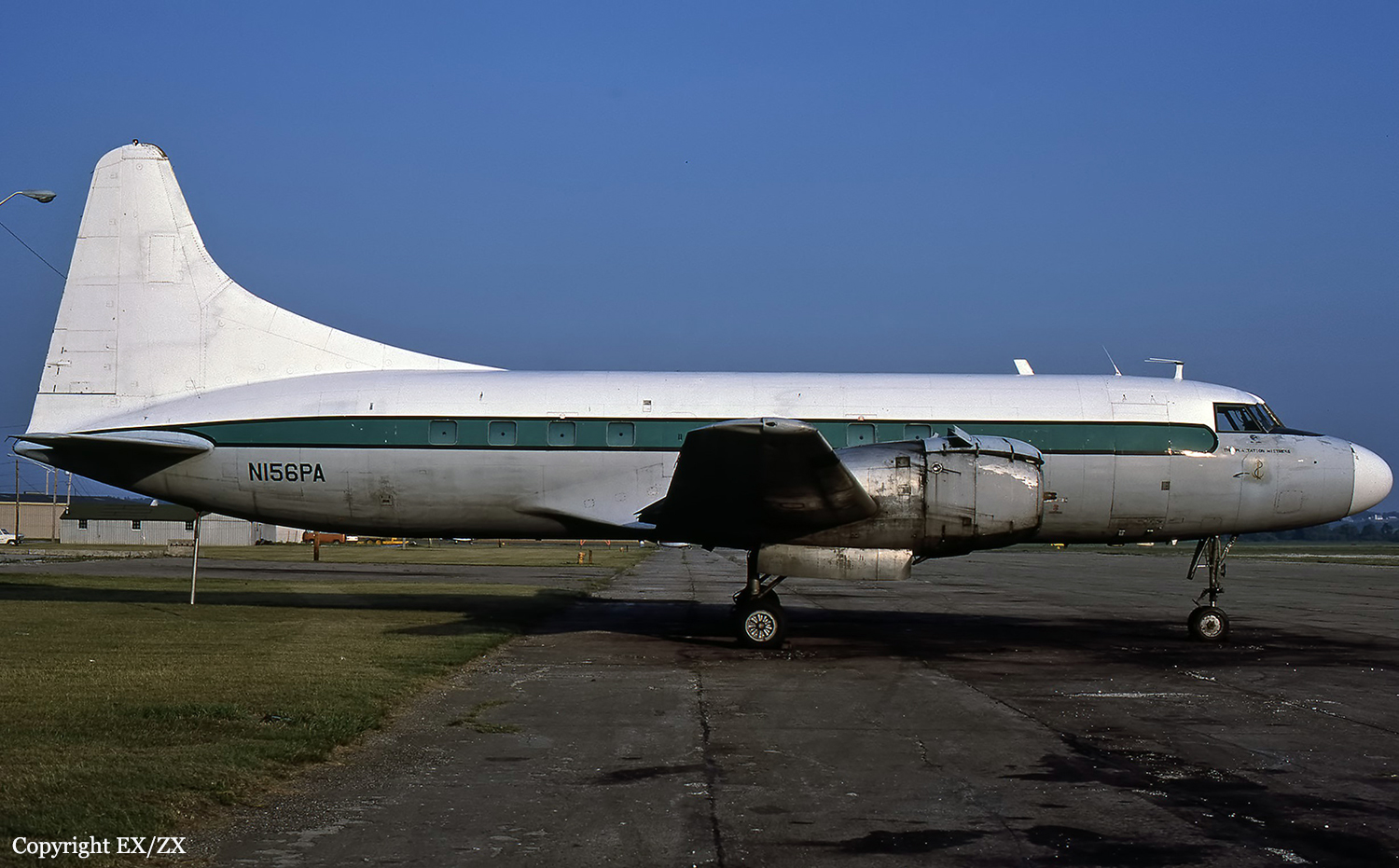Crash of a Dassault Falcon 20DC in Boise
Date & Time:
Nov 27, 1999 at 0134 LT
Registration:
N216SA
Survivors:
Yes
Schedule:
Omaha - Boise
MSN:
16
YOM:
1966
Crew on board:
2
Crew fatalities:
Pax on board:
0
Pax fatalities:
Other fatalities:
Total fatalities:
0
Captain / Total hours on type:
341.00
Aircraft flight hours:
28855
Circumstances:
After extending the gear for landing, the down-and-locked indication (green light) for the left main gear was not illuminated. The crew performed the emergency checklist procedures for abnormal gear extension with no success. The aircraft subsequently landed with the left main landing gear retracted. Inspection of the landing gear revealed that the pin (part number MY20248-001), which is part of the forward gear door lock, was corroded and cracked at the point of rotation, preventing proper movement of the gear door uplock.
Probable cause:
Failure of the forward gear door lock pin. An inoperative landing gear door and inadequate maintenance inspection of the aircraft were factors.
Final Report:
